8 Rivers announces 8RH2 CO2 Convective Reformer for ultra-low carbon hydrogen production from natural gas
Green Car Congress
MAY 26, 2023
8 Rivers Capital announced the development of the 8RH2 CO 2 Convective Reformer—a technology for the production of ultra-low carbon hydrogen from natural gas. The only by-products are liquid water and a stream of high-purity, pipeline-ready CO 2. Clean Power: transformative zero-emissions power cycles.


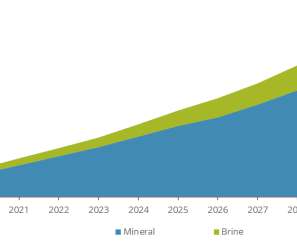
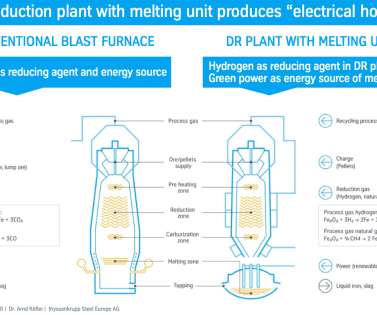

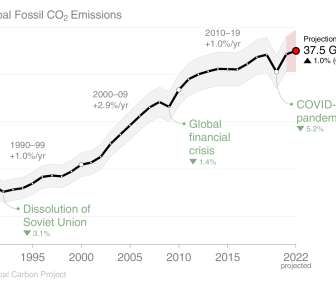










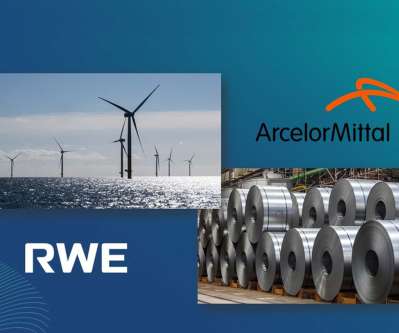









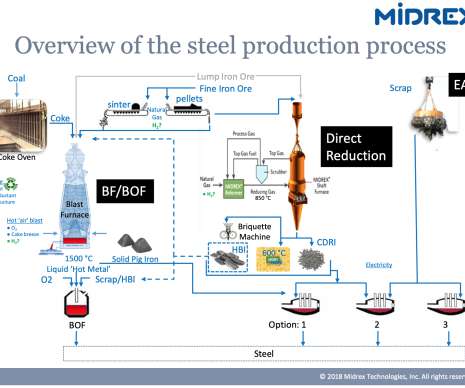





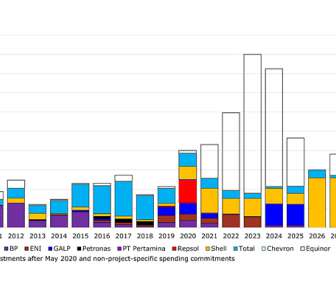








Let's personalize your content